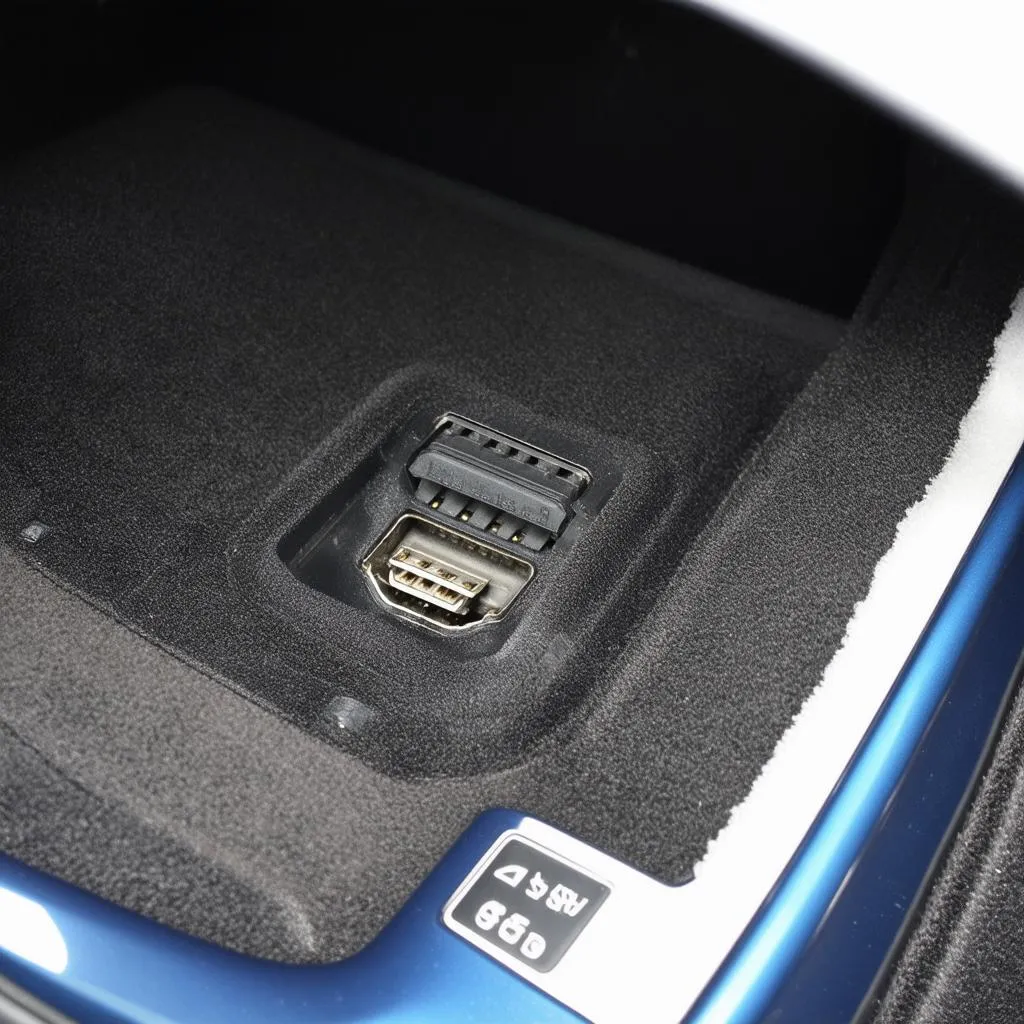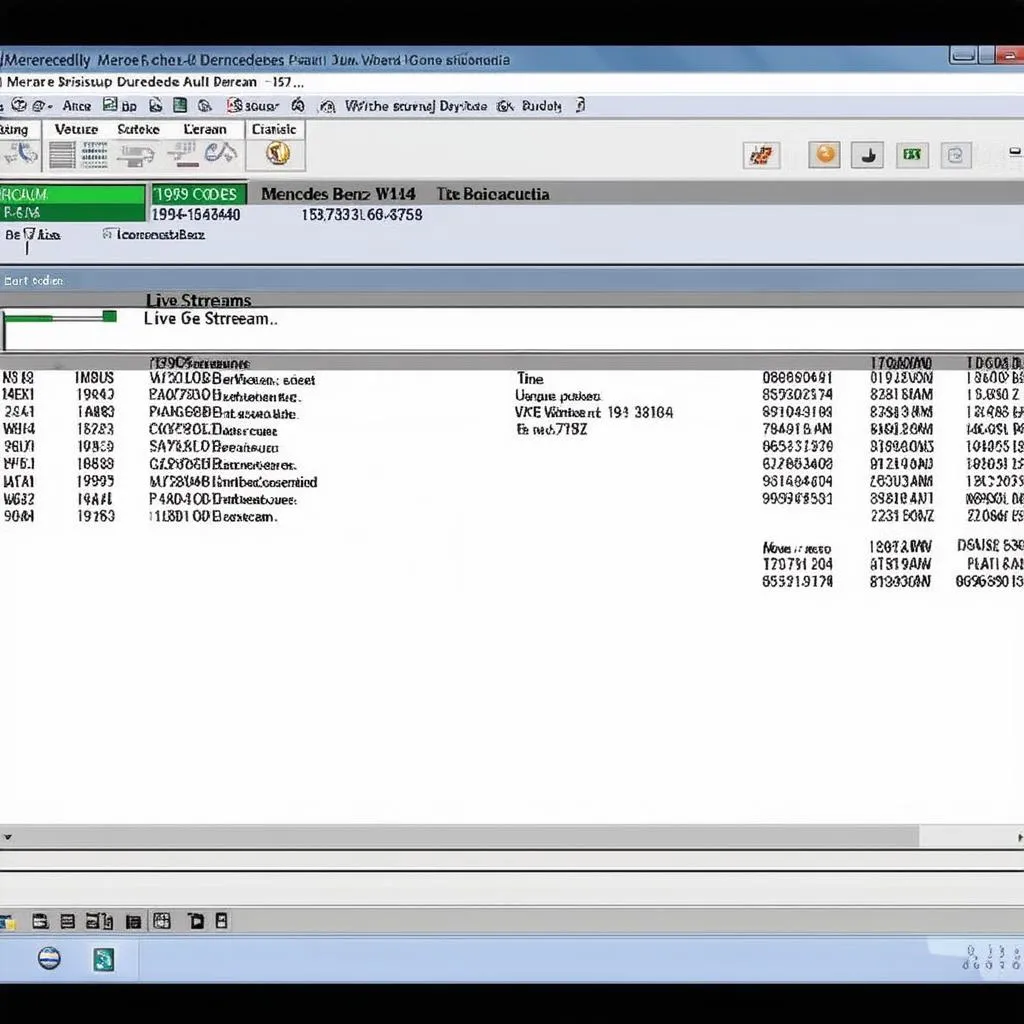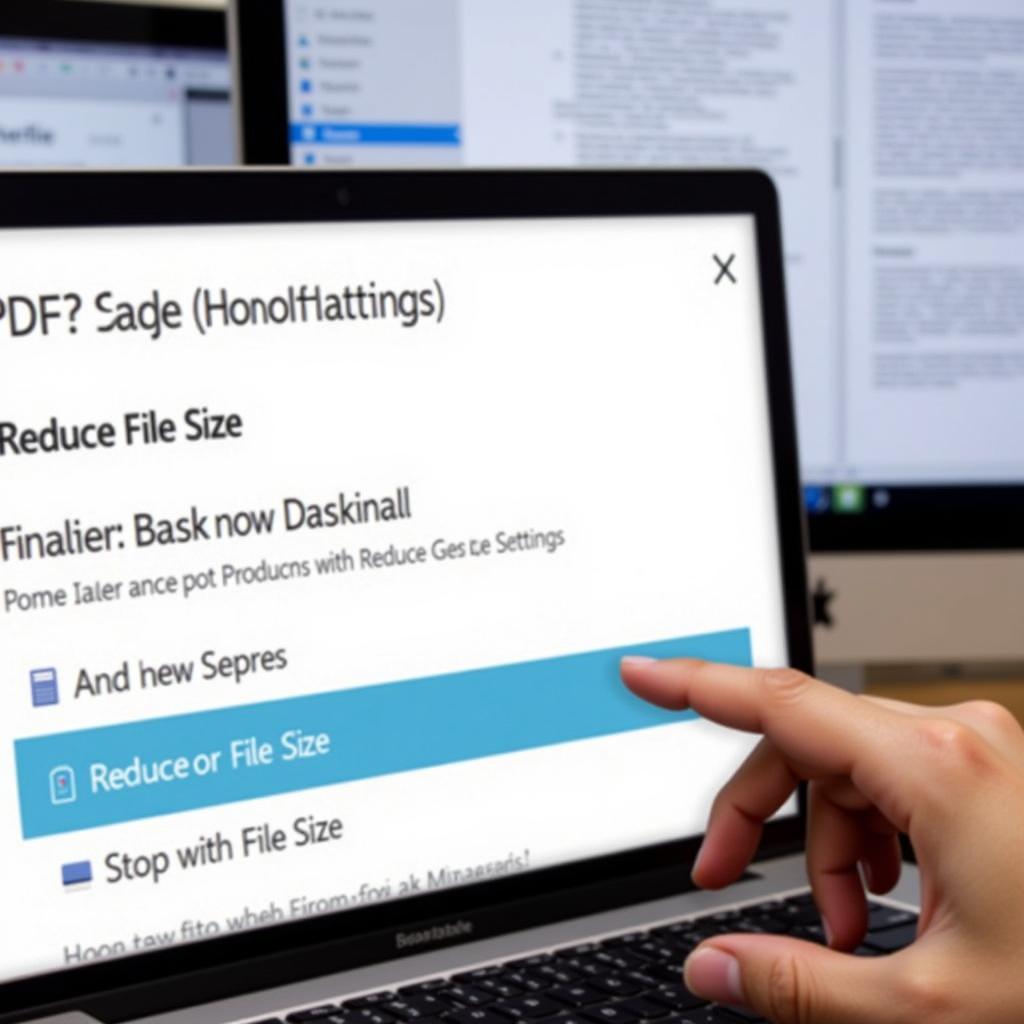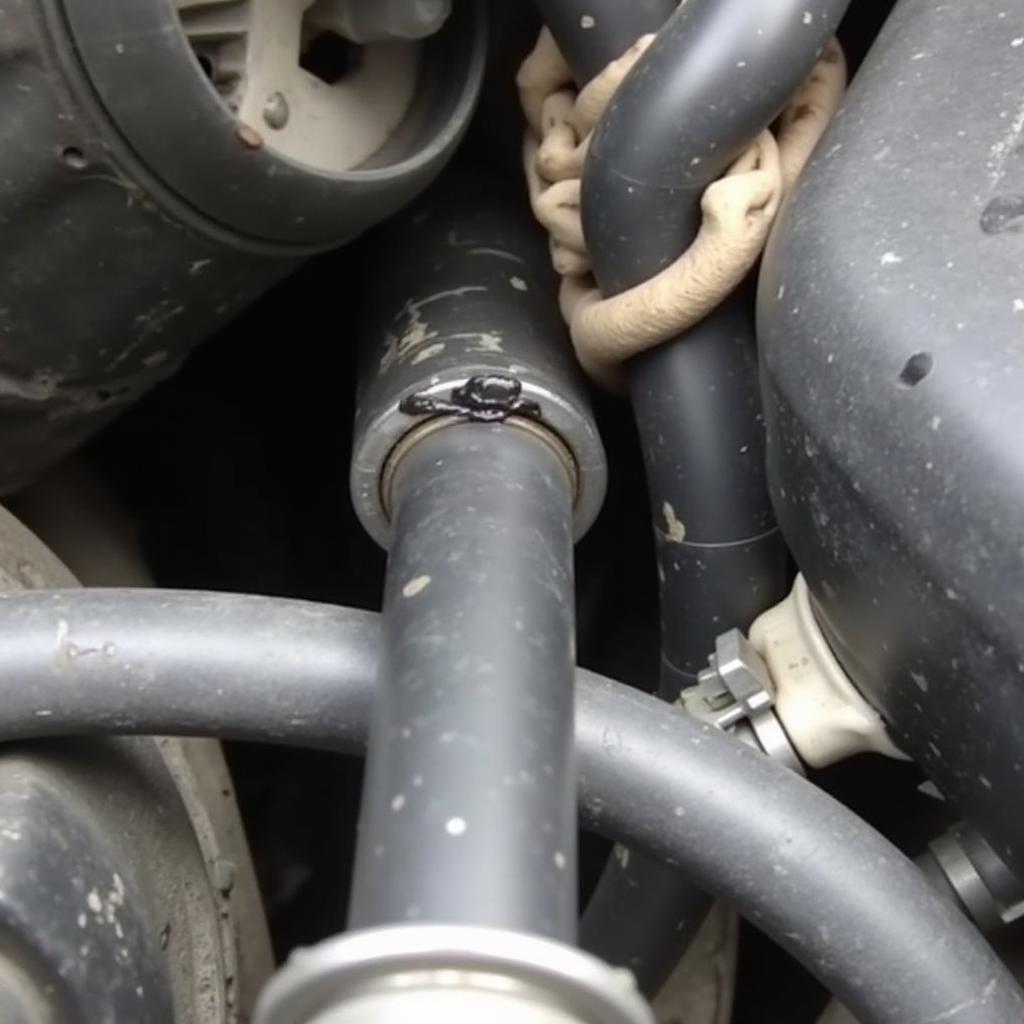The 1995 W140 Mercedes Benz is a masterpiece of engineering, known for its luxury and powerful performance. However, like any vehicle of its age, it can develop issues. Understanding how to perform a diagnostic test is crucial for owners and mechanics alike. This comprehensive guide will equip you with the knowledge to effectively diagnose problems in your 1995 W140.
Understanding the Importance of Diagnostic Tests
Before delving into the specifics, let’s understand why diagnostic tests are vital. “Think of a diagnostic test as a conversation with your car,” explains automotive engineer, Dr. Thomas Schmidt, author of “Automotive Electronics Demystified.” “It allows you to understand the language of the car’s computer system, revealing hidden issues that might not be apparent otherwise.”
A 1995 W140 diagnostic test can help you:
- Identify the root cause of warning lights: The check engine light, ABS light, or airbag light can indicate a range of problems. A diagnostic test can pinpoint the exact issue.
- Read and interpret fault codes: The W140’s onboard computer system stores fault codes that provide valuable clues about malfunctions.
- Monitor live data streams: Diagnostic tools can display real-time data from various sensors, helping you assess engine performance, transmission behavior, and more.
- Save time and money: By accurately identifying problems, you can avoid unnecessary repairs and costly guesswork.
Choosing the Right Diagnostic Tool
Selecting the appropriate diagnostic tool is crucial for accurate results. Here are the most common options:
- Traditional OBD-II Scanners: These handheld devices connect to the OBD-II port (located under the dashboard) and can read basic fault codes. However, they may not provide access to all the W140’s systems.
- Advanced Diagnostic Scanners: Tools like the ones offered by Cardiagtech provide comprehensive system coverage, including engine, transmission, ABS, airbag, and more. They can read and clear codes, display live data, and even perform advanced functions like actuator tests.
 Diagnostic Port Location
Diagnostic Port Location
Performing the Diagnostic Test
Note: Before you begin, ensure your car’s battery is fully charged.
- Locate the OBD-II port.
- Turn the ignition ON but do not start the engine.
- Connect the diagnostic tool to the OBD-II port.
- Follow the on-screen prompts on your chosen tool.
- Read and interpret the fault codes. Refer to a reliable source for code definitions.
- Clear the codes and retest to ensure the issue is resolved.
 Diagnostic Software Interface
Diagnostic Software Interface
Common 1995 W140 Issues and Their Codes
While a comprehensive list is beyond the scope of this guide, here are some common issues and their associated fault codes:
- Mass Air Flow (MAF) Sensor: Code P0100 – P0104
- Oxygen (O2) Sensor: Code P0130 – P0167
- Camshaft Position Sensor: Code P0340 – P0349
Frequently Asked Questions
Q: Can I use any OBD-II scanner on my 1995 W140?
A: While basic scanners might work, it’s recommended to use an advanced scanner specifically designed for Mercedes-Benz vehicles to ensure complete system coverage.
Q: What should I do if the codes reappear after clearing them?
A: This indicates an unresolved issue that requires further diagnosis and repair.
Q: Can I perform advanced diagnostic functions myself?
A: While some advanced functions might seem straightforward, it’s always best to consult a qualified mechanic, especially for critical systems like airbags or ABS.
Conclusion
Performing a diagnostic test on your 1995 W140 Mercedes-Benz is an essential skill for any owner or mechanic. By understanding the process, selecting the right tools, and knowing where to find reliable information, you can keep this classic car running smoothly for years to come. Remember, accurate diagnosis is the first step towards effective repair.
For further assistance with diagnostic tools or technical support, connect with CARDIAGTECH. We offer a wide range of products and expert advice to help you with all your automotive diagnostic needs.


